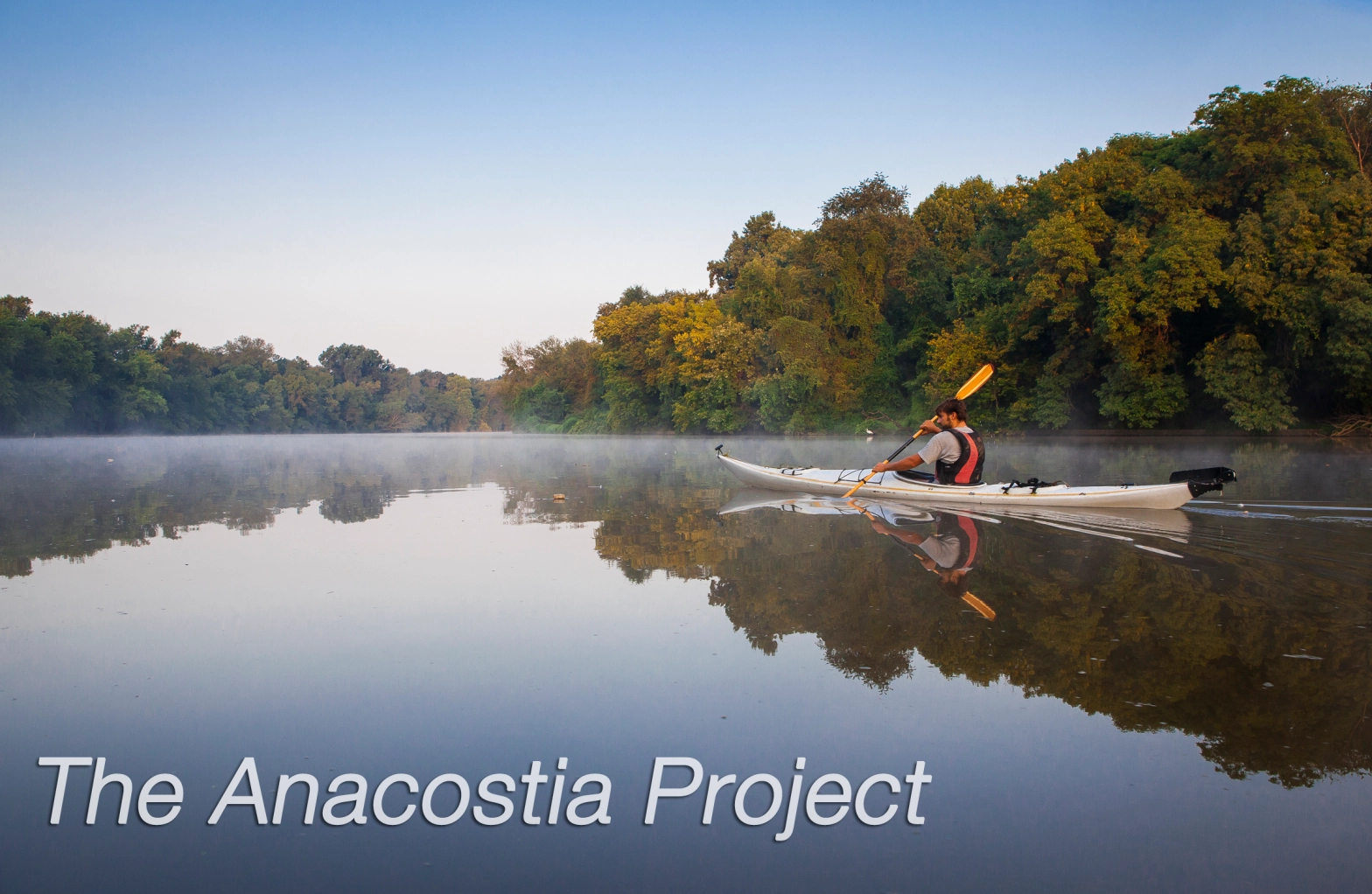Outside the jade chrysalis, utter stillness. Inside, there was a riot of pain and self harm. The caterpillar devouring itself. At this stage the creature—or creatures more aptly—are a biological bridge between the caterpillar and butterfly. They are goop in a gilded sack, largely made up of what’s known as imaginal cells.
Tag Archives: washington dc
THE BOAT LAB: Crash Diet for Freeeedom
A conscious approach to consumption becomes critical to sustainable life on a sailboat.
Confluence Moon
The following text is excerpted from River of Redemption: Almanac of Life on the Anacostia, published in November 2018 by Texas A&M University Press. Each chapter of the book is titled according to the custom of many native North American cultures, to name a month for the defining quality of its days. Anacostia Almanac months areContinue reading “Confluence Moon”
Waking Moon
The following text is excerpted from River of Redemption: Almanac of Life on the Anacostia, published in November 2018 by Texas A&M University Press. Each chapter of the book is titled according to the custom of many native North American cultures, to name a month for the defining quality of its days. Anacostia Almanac months areContinue reading “Waking Moon”
Fire and Ice Moon
The following text is excerpted from River of Redemption: Almanac of Life on the Anacostia, published in November 2018 by Texas A&M University Press. Each chapter of the book is titled according to the custom of many native North American cultures, to name a month for the defining quality of its days. Anacostia Almanac months areContinue reading “Fire and Ice Moon”
The Deprivation Moon
The following text is excerpted from River of Redemption: Almanac of Life on the Anacostia, published in November 2018 by Texas A&M University Press. At icy dawn, the city remains gentled in night’s deepest repose. Walking past slumbering bungalows and a shuttered gas station, through deserted streets, across empty railroad tracks and along the edgeContinue reading “The Deprivation Moon”
Anacostia River Web Series Launches Today
Over the past four centuries the Anacostia River has been given many names: the Eastern Branch of the Potomac, the other national river, the dirtiest river in the nation, the forgotten river. But for millennia uncounted prior to European arrival, for every creature that lived within the watershed, this river was simply everything. How does a river transform from essential to forgotten in a span of 400 years?
This question is one of many addressed in River of Resilience, a nine-chapter web story structured as a journey from the headwaters of the Anacostia in Sandy Spring, Maryland, to the confluence of the river with the Potomac in Washington DC.
River of Redemption: Almanac of Life on the Anacostia
Incorporating seven years of photography and research, River of Redemption portrays life along the Anacostia River, a Washington, DC, waterway rich in history and biodiversity that nonetheless lingered for years in obscurity and neglect in our nation’s capital.
Inspired by Aldo Leopold’s classic book, A Sand County Almanac, Krista Schlyer evokes a consciousness of time and place, inviting readers to experience the seasons of the Anacostia year, along with the waxing and waning of river’s complex cultural and ecological history.
Blending photography with informative and poignant text, River of Redemption urges readers to seize the opportunity to reinvent our role in urban ecology and to redeem our relationship with this national river and watersheds nationwide.
This is a rant, be warned
I took a few hours last night to participate in my local government by attending an input session for the Prince George’s County, Maryland, master plan for environmental, rural and agricultural conservation. There are of course many ways to get involved in the future of the little spot of Earth I occupy, but I think there isContinue reading “This is a rant, be warned”
A Cry for the Borderlands Into the Partisan Wilderness of Washington DC
For 10 years, ever since the passage of the REAL ID Act in 2005, the wildlife, people and ecosystems of the US-Mexico borderlands have suffered the destruction of unprecedented militarization and the waiver of environmental and many other laws. Senator John McCain is working to expand borderlands destruction and disenfranchisement through a bill S750, cynicallyContinue reading “A Cry for the Borderlands Into the Partisan Wilderness of Washington DC”
Anacostia
The Wildest Part of Washington DC
We all have a stake in what happens to our rivers, but perhaps none more so than the wild neighbors who share our urban waters and green space. They go unnoticed most of the time. They’re not present in the meetings where decisions are made to cut down urban forests, or pave over vernal pools.Continue reading “The Wildest Part of Washington DC”
Anacostia Story
The Anacostia River was abused and neglected for more than a century, becoming one of the nation’s most polluted rivers, right in the heart of Washington DC. Today there is growing momentum for restoration of this watershed, but for a full recovery watershed residents must awake, and the Anacostia Story must be told. This slideshowContinue reading “Anacostia Story”
The Anacostia Project
The Anacostia was once a river teeming with fish, turtles and aquatic mammals that nurtured a rich biological community including native peoples descendent from the Algonquin tribe. But history descended upon the Anacostia when the Chesapeake Bay became one of the first centers of European colonization. First deforested and polluted by agricultural runoff, then forgottenContinue reading “The Anacostia Project”










